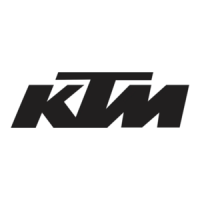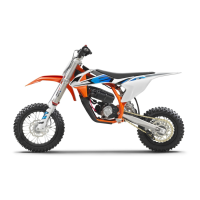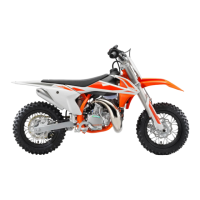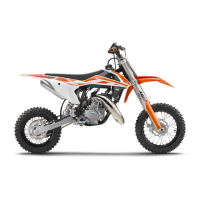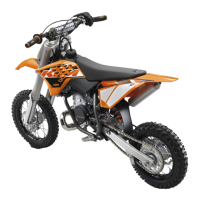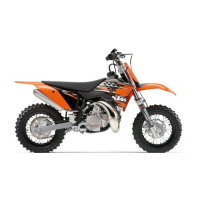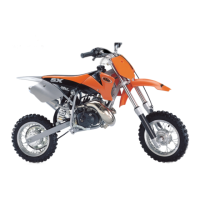The information contained in this publication is offered for the
benefit of those who have an interest in riding off-highway
motorcycles. The information has been compiled from
publications, interviews and observations of individuals
and organizations familiar with the use of off-highway
motorcycles. Because there are many differences in product
design, riding terrain and riding styles, there may be
organizations and individuals who hold differing opinions.
Consult your local motorcycle dealers or experienced
off-highway motorcycle riders about appropriate riding
locations in your area. Although the Motorcycle Safety
Foundation will continue to publish responsible viewpoints on
this subject, it must disclaim specific or general liability for the
views expressed herein.
The Motorcycle Safety Foundation
®
(MSF) is a national
not-for-profit organization promoting the safety of motorcyclists
with programs in rider training, operator licensing and public
information. The MSF is sponsored by BMW, BRP, Ducati, Harley-
Davidson, Honda, Kawasaki, KTM, Piaggio, Polaris Motorcycles,
Suzuki, Triumph and Yamaha.
Motorcycle Safety Foundation
2 Jenner, Suite 150
Irvine, CA 92618
949.727.3227
msf-usa.org
Copyright 2015
Printed: March 2015
Use for TEXT ONLY P1-to 44
